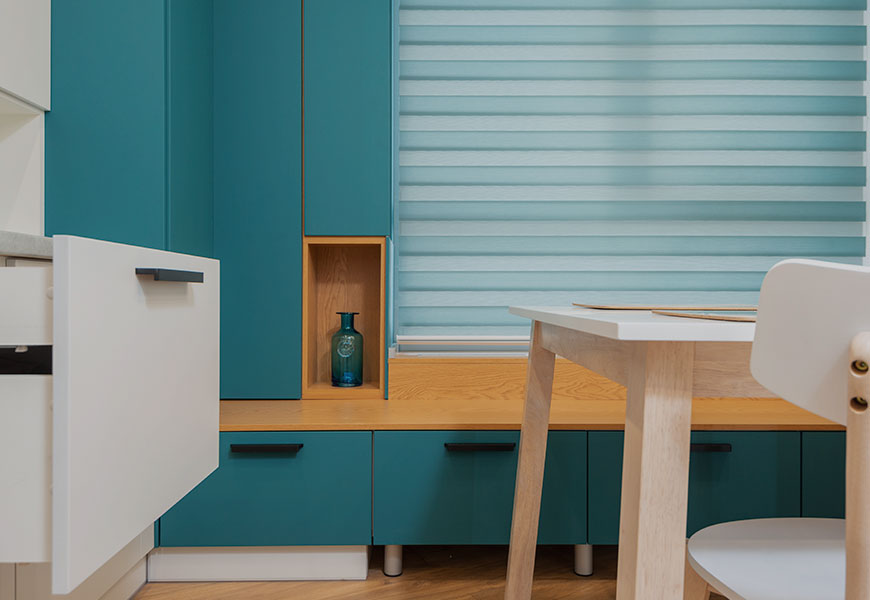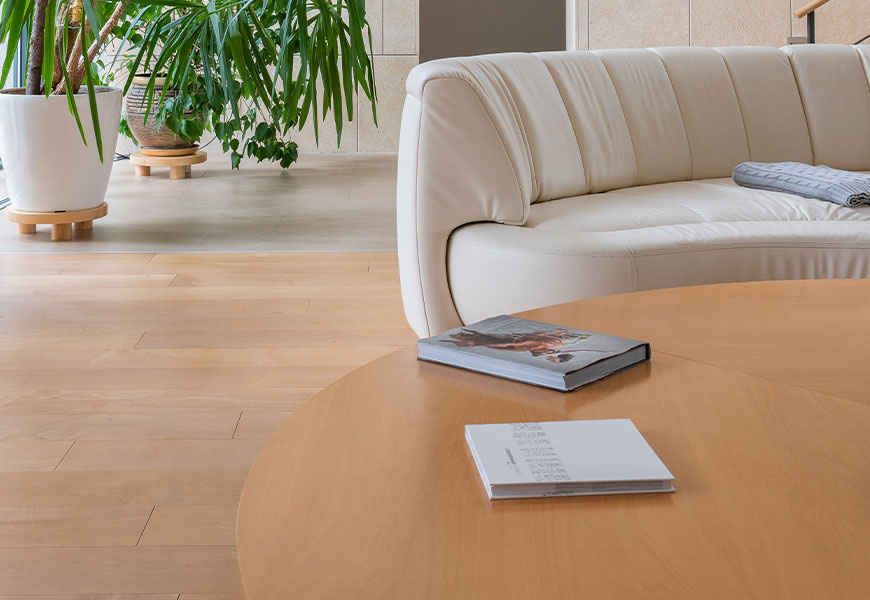Your kitchen is more than just a place to cook—it’s the heart of your home, where memories are made and shared. Whether you’re renovating an existing kitchen or designing a new one from scratch, these top 10 tips will help you create a functional, stylish, and inviting space that suits your lifestyle and reflects your personality.
1. Plan Your Layout Wisely: Before diving into the design process, carefully consider the layout of your kitchen. Aim for a layout that maximizes efficiency and workflow, with easy access to essential areas like the stove, sink, and refrigerator. Popular layout options include the classic work triangle or an open-plan design for a seamless flow between cooking, dining, and socializing areas.
2. Prioritize Storage: Adequate storage is essential for keeping your kitchen organized and clutter-free. Incorporate a mix of cabinets, drawers, and shelves to accommodate your cookware, utensils, pantry items, and small appliances. Consider innovative storage solutions such as pull-out racks, corner carousels, and tall units to maximize every inch of space.
3. Choose Quality Materials: Invest in high-quality materials that are durable, easy to maintain, and aesthetically pleasing. Opt for solid wood or plywood cabinets, quartz or granite countertops, and stainless steel appliances for a timeless and stylish look that stands the test of time.
4. Lighting Matters: Proper lighting is crucial for creating a functional and inviting kitchen environment. Incorporate a mix of task lighting, ambient lighting, and accent lighting to illuminate different areas of your kitchen effectively. Consider installing under-cabinet lighting, pendant lights above the island or dining area, and recessed lighting for overall brightness.
5. Balance Style and Functionality: Strive for a balance between style and functionality in your kitchen design. Choose appliances, fixtures, and finishes that not only look good but also perform well and suit your lifestyle. Consider your cooking habits, family size, and entertaining needs when selecting features like the stove, refrigerator, sink, and faucet.
6. Add Personal Touches: Infuse your personality into the design with personalized touches that make your kitchen feel like home. Display cherished cookbooks, family photos, or heirloom kitchenware on open shelves or countertops. Incorporate artwork, plants, or decorative accents to add warmth and character to the space.
7. Create a Focal Point: Designate a focal point in your kitchen to draw attention and create visual interest. This could be a statement backsplash, a decorative range hood, or a stunning island countertop. Highlighting a focal point adds personality and style to your kitchen while anchoring the overall design scheme.
8. Embrace Color and Texture: Don’t be afraid to experiment with color and texture to add depth and dimension to your kitchen design. Consider incorporating a mix of materials such as wood, stone, glass, and metal for visual contrast. Use color strategically to create a cohesive and inviting atmosphere, whether through cabinetry, backsplashes, or accents.
9. Consider Ergonomics: Pay attention to ergonomics to ensure that your kitchen is comfortable and easy to use. Opt for adjustable-height countertops and pull-out shelves to accommodate users of different heights and abilities. Position appliances and work zones at the appropriate heights to minimize strain and fatigue while cooking.
10. Think Long-Term: When designing your kitchen, think long-term and consider how your needs may change over time. Choose timeless design elements and durable materials that will remain stylish and functional for years to come. Plan for future upgrades or renovations by allowing flexibility in your design and investing in quality craftsmanship that withstands the test of time.
By incorporating these top 10 tips into your kitchen interior design, you can create a space that is not only beautiful and stylish but also practical, efficient, and tailored to your unique needs and preferences. From layout and storage to lighting and personalization, every aspect of your kitchen design plays a crucial role in shaping a space that you’ll love to cook, entertain, and gather in for years to come.


